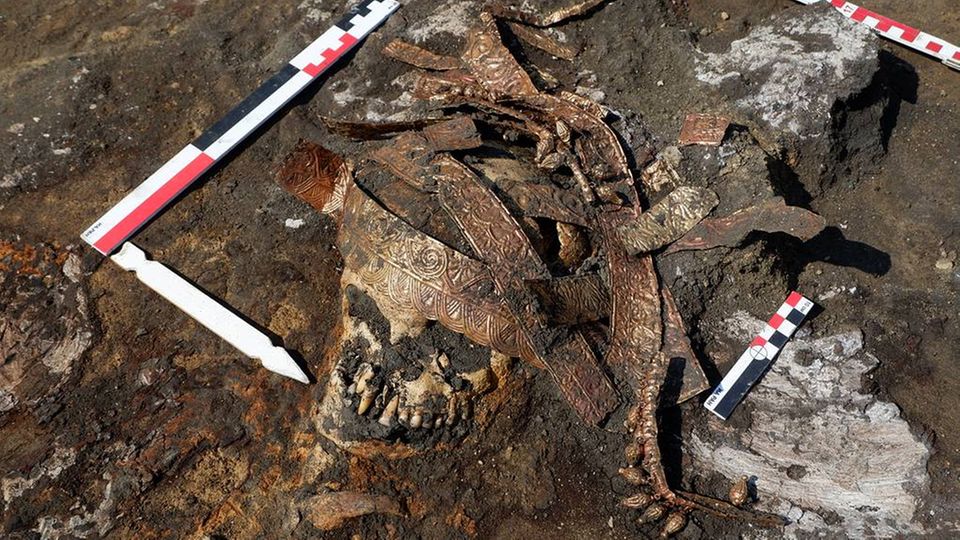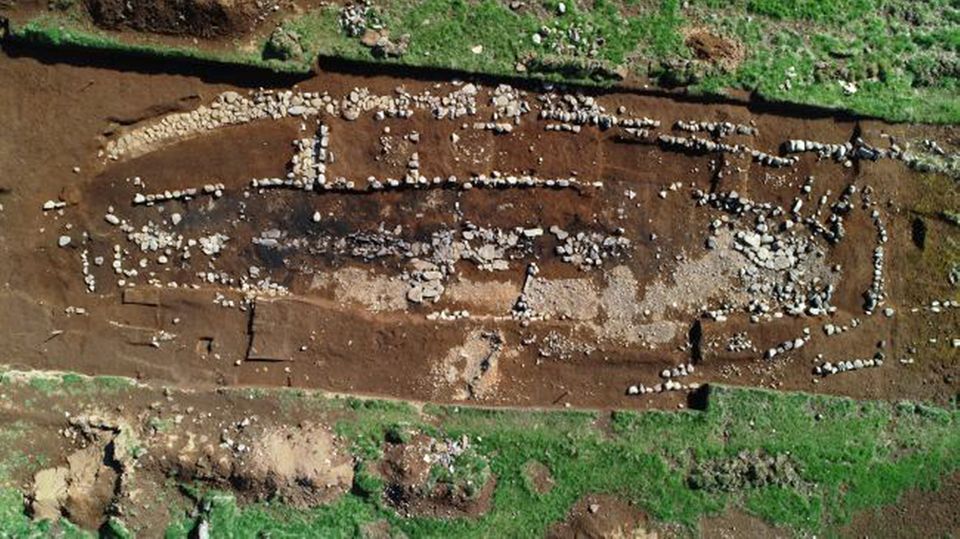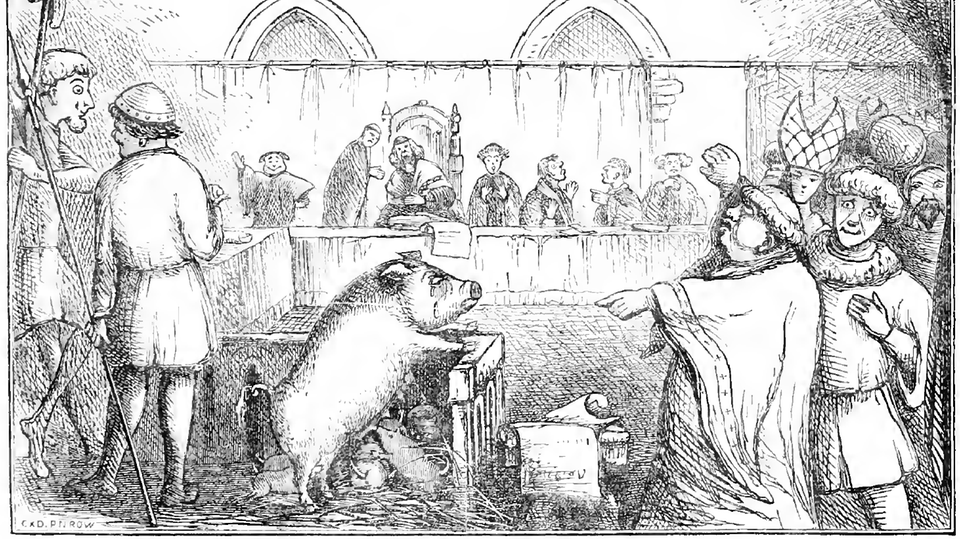Story
Worldwide slave trade – the dark side of the Vikings
In the series, the slaves are only a marginal phenomenon.
© Vikings
Vikings are considered a wild but freedom-loving people who resisted the feudal nobility and Christianity. What is forgotten is that they were notorious slave traders and their raids primarily served to kidnap young women and men.
That fits far better into today’s world than knight’s ham with demure and languishing damsels. Christianity also suffered in the fantasy realm; the extermination of indigenous cultures by fanatical monks, the bloody persecution of people of other faiths and the extermination of alleged witches can no longer be conveyed as cultural progress today. But when Odin and Freya whisper through the mist, no one feels attacked.
Viking outlaw idyll
At least in the film, Viking life seems dangerous, but otherwise pretty ideal. There was no oppressive position of the nobility and church. The peasant families were still free and not reduced to the semi-slavery of serfdom. The differences between the ruling families and their free followers were still manageable. And women who did not go to war also had a strong position in the north.
For this picture of an outlaw idyll with ships instead of rocker motorcycles, some of the darker aspects are not illuminated so brightly. “Strong woman” – in northern myths this could mean murdering one’s own children if there was a dispute between the husband’s family and the wife’s brothers. Sacrifices to the gods and looting occur, but the misery that the northern peoples brought on the inhabitants of the areas they plagued is not described in too much detail.
The nasty side of the Vikings
The darkest point of the time is the Viking slave trade. As the Middle Ages progressed, there were always slaves, but their importance continued to decline. In the period between the fall of the empire and the High Middle Ages, slaves were a sought-after commodity and the Vikings were leading traders. According to one estimate, the slaves made up to 10 percent of the population of Viking Age Scandinavia (Read: “Hidden under jewelry and silver treasure – first Viking settlement discovered in Iceland”)
When one marvels at how Byzantine gold and Chinese silks found their way to Scandinavia, one should know that, along with furs and military service, slaves were the best trade item. In particular, exotic-looking slaves – i.e. blonde and blue-eyed – were an export good for long-distance trade. In 977 AD, the Arab traveler Ibn Hawqual described the Viking slave trade, which stretched across the Mediterranean from Spain to Egypt.
A sought-after commodity
Slaves had an invaluable advantage: people could be captured anywhere. When raiding a fishing village, the Vikings could not expect to gain treasure. Some livestock, a few supplies, and a few iron objects made up the spoils. Valuable hoards of gold and precious stones were usually well protected. Anyone who wanted to carry them with them had to be prepared for a fight with trained warriors. But people – young men and women and adolescent children – were everywhere. The early medieval Irish chronicle “The Annals of Ulster” describes a Viking raid near Dublin in AD 821 in which “they carried off a large number of women into captivity.”
Women were particularly sought after. There is clear evidence of sexual slavery. The Arab Ibn Fadlan wrote in 922 about his encounter with a group of Vikings on the Volga. He witnessed how the two attractive girls who were to be sold were raped by their owners while others watched. Slaves were an option for poorer men without a respected family in the background to still get a concubine or wife. A clear indication is the genome of the Icelanders. Two thirds of Iceland’s founding female population were of Gaelic origin – they came from Ireland or Scotland. Only a third of the women came from Scandinavia. For men it was exactly the opposite. A clear indication that the Northmen had supplied themselves with slaves to raise families.
But women had more than just sexual value, says Ben Raffield, an archaeologist at Sweden’s Uppsala University. “In the context of slavery, women were often kidnapped because in many societies they are traditionally the ones who produce high-value goods. Many people think that if you wanted prisoners as labor you would use men, but that is not necessarily the case. Textile work in Scandinavia, for example, is strongly associated with women.”
Swallowed by history
Archaeologically, the slaves left little trace. A few shackles are all that remain of them. They had no property or houses of their own and left no traces. Slaves without special skills were treated as consumables. They were considered “cattle” or expensive pets that lived with the other animals in the darkest end of the longhouse. The Romans also wore out their slaves ruthlessly at work. But they did not despise them for their status. The Romans were aware that a whim of fate could turn the most respected man into a slave. But even in Nordic mythology, slaves are seen as unworthy underlings.
They were abused as long as labor could be squeezed out of them. They were then carelessly buried. When skeletal remains of Viking Age slaves found in graves in Norway, Sweden and Denmark were examined, it was found that they often showed signs of abuse or were even beheaded before death.
A natural death was by no means guaranteed. In the classical period, powerful Vikings were often accompanied in death by a wife or concubine. This was considered very honorable and was not a natural duty. But in addition, servant spirits were always sent on the final journey, and these slaves were not asked. She was simply murdered.
Sources: History; Smithsonian; Children of Ash and Elm
Also read:
Viking warrior women – the disowned Amazons from the north
Hidden under jewelry and silver treasure – first Viking settlement discovered in Iceland
Male witch – the Catholic Church has been confiscating the city of Trier for over 400 years because of its debts
Spears, gold and the proud posture of female warriors – this is how four Amazons were buried






